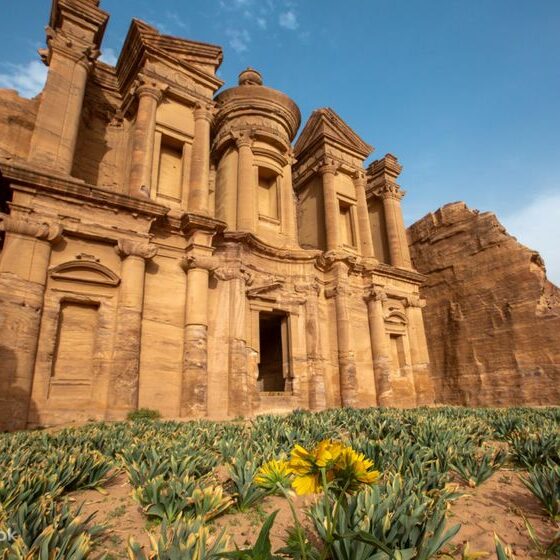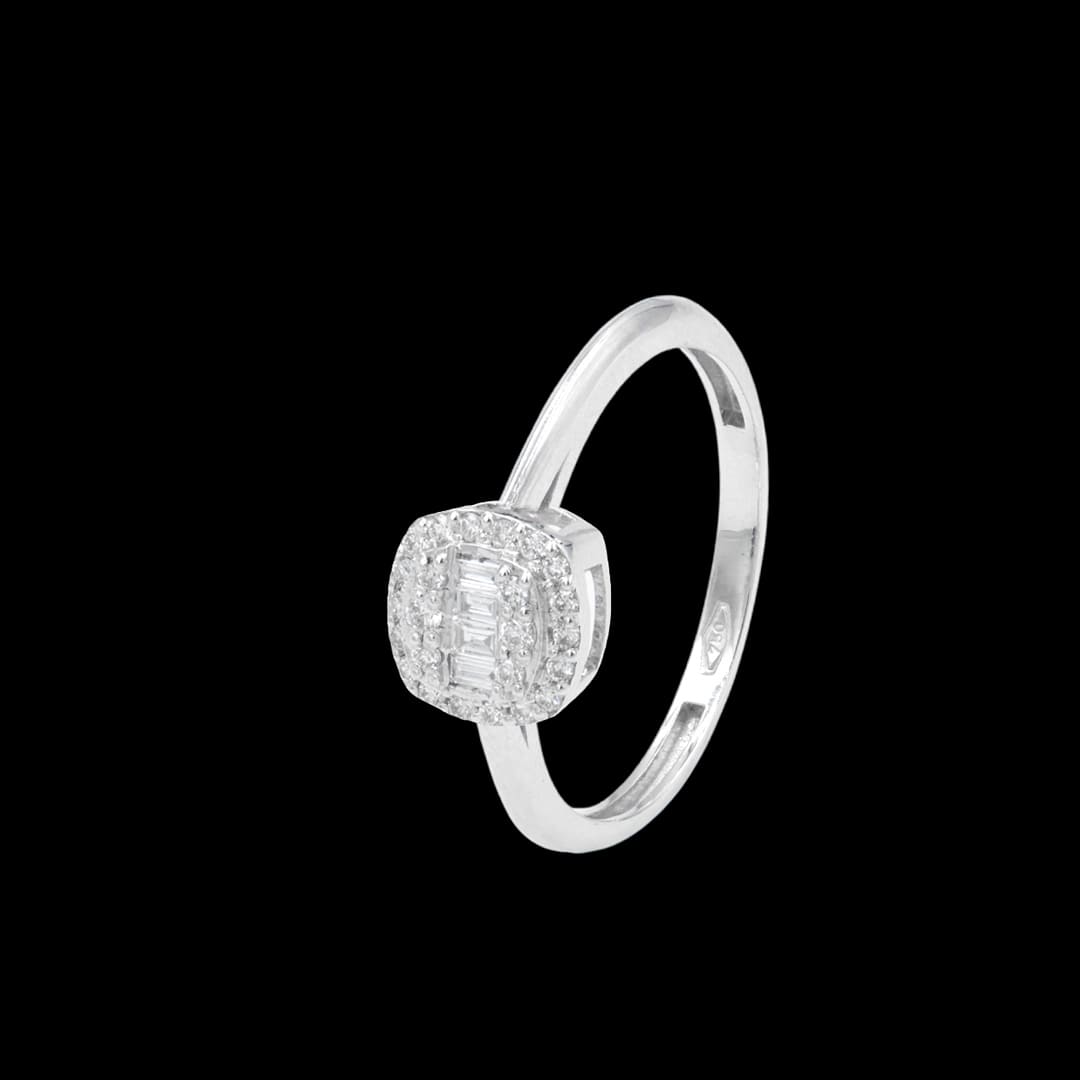
The Glittering Legacy: A Journey Through the History of Gold in Jordan
Gold has captivated mankind for centuries with its captivating luster and intrinsic value. Jordan, a country rich in cultural heritage, also boasts a remarkable history when it comes to this precious metal. From ancient civilizations to modern times, the story of gold in Jordan is a testament to its enduring allure. In this article, we embark on a journey through time, exploring the fascinating history of gold in Jordan.
Ancient Roots:
Gold has been treasured in Jordan since ancient times, with evidence dating back over 5,000 years. The region was strategically positioned along major trade routes, making it a hub for commerce and cultural exchange. Archaeological discoveries, such as jewelry, coins, and royal regalia, provide glimpses into the sophisticated craftsmanship of Jordan’s early civilizations, including the Canaanites, Ammonites, and Nabateans.
The Nabateans and Petra:
The Nabateans, an ancient Arab civilization that thrived from the 4th century BCE to the 1st century CE, played a significant role in Jordan’s gold history. Their capital city, Petra, served as a vital center for trade, attracting merchants from across the Arabian Peninsula, Egypt, and the Mediterranean. The Nabateans’ skill in goldsmithing and jewelry-making is evident in the intricate designs found in their tombs and temples.
Roman Influence:
With the rise of the Roman Empire, Jordan came under Roman rule in the 1st century CE. The Romans valued gold as a symbol of wealth and power, leading to increased gold mining and trade activities in the region. Gold mines were established in areas like the Dana Reserve, where extensive underground tunnels and aqueduct systems were constructed to extract gold ore. The Romans also minted gold coins, some of which bore the image of Roman emperors.
Islamic Golden Age:
During the Islamic Golden Age, Jordan flourished culturally, economically, and artistically. The Umayyad Caliphate (661-750 CE) established its capital in Damascus, but Jordan, particularly the city of Amman, was an important regional center. Gold jewelry, including earrings, necklaces, and bracelets, adorned the wealthy elite, reflecting the prosperity of the era. The intricate filigree and granulation techniques employed by skilled artisans showcased the high level of craftsmanship.
Modern Gold Industry:
In the 20th century, Jordan’s gold industry experienced a revival. The country’s reserves of copper and other minerals also included gold deposits. The government, recognizing the potential economic benefits, established mining operations, such as the Al Hajar mine in Ma’an. Furthermore, the city of Amman developed into a hub for gold and jewelry trading, attracting both local and international buyers.
The story of gold in Jordan weaves a tapestry of ancient civilizations, trade routes, and artistic excellence. From the opulent jewelry of the Nabateans to the intricate craftsmanship of the Islamic Golden Age, the allure of gold has left an indelible mark on Jordan’s cultural heritage. Today, the country continues to embrace its golden legacy, both through its mining operations and the vibrant gold market in cities like Amman with stores and designers like Abdullah Sakkijha. The history of gold in Jordan is a testament to the enduring value and fascination humans have held for this precious metal throughout the ages.






Add comment